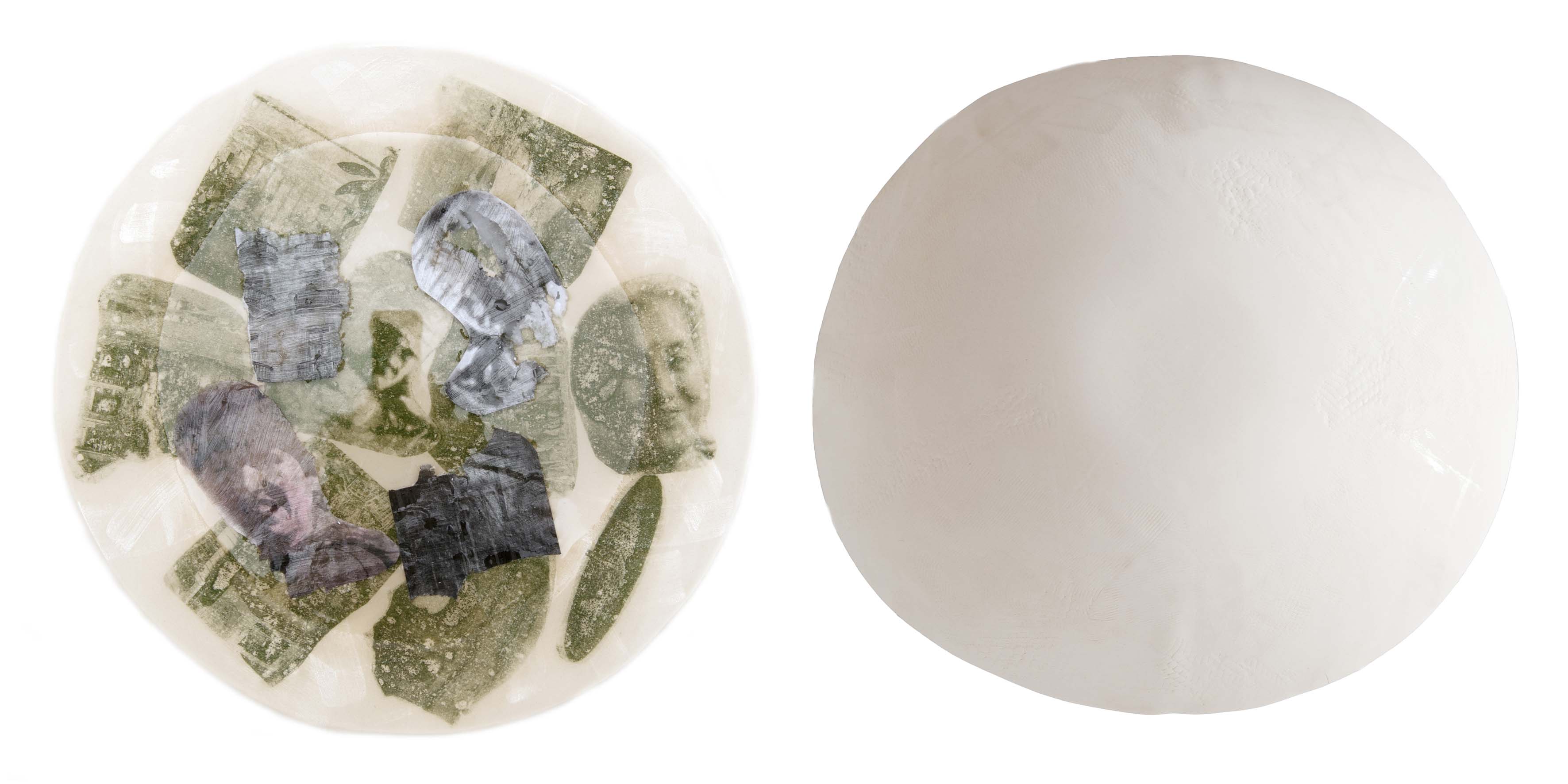‘Belmore ITCH’ has provided an informal creative residency for non-ceramic artists to challenge and expand their art practice with ceramics. I loved the idea of this residency as I have wanted to experiment and interpret the photographic medium in ceramics as a photo-media artist.
I had been looking through image files in my digital storage and photo negative/positive films and prints. The whole stack of images came out to the light, and I was reading this visual diary which has forgotten for a long time in my memory.
I took photographs of my family, friends, passer-by and myself at a specific moment and place to record as a visual memory. I took photographs of sceneries to record feelings that interacted with them. They are the proofs of ‘existence’ through time and space. In my vague memory relying on those vivid images in films and prints, I started to ask myself: Is this the one I ‘really’ saw? Those people and places seen in the past are now invisible in the present. Now, I even try to trace my feeling at that moment.
To visualise this concept, I created bowls (dishes), an eye and a camera lens, which could contain layers of images as the layers of memories. Through the residency, I also learnt the natural character of clay. The softness of the clay made it possible to imprint objects from my journeys and belongs to trace the memory. And it worked well with another natural medium, water, to connect the layers of images. Even though it was obvious that images on papers or gelatin sheets would be burnt in kilns during the process, I wanted to see the feeble evidence of existence like ashes. As a final process, I let paper images float on the water and connect myself to the present time by reflecting my face on the water.
From sorting photographic images to making clay bowls, it was my own meditation on tracing me.
From sorting photographic images to making clay bowls, this creative process was my meditation on tracing memories not long after receiving my cancer treatment.
This residency project, Seen Unseen, has been led to be part of the ongoing project, Passage to Pusan, which will be exhibited at Korean Cultural Centre Sydney in June.



